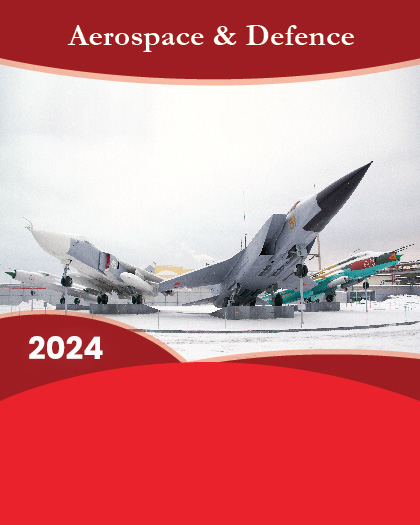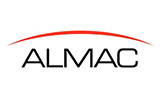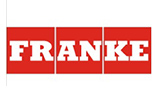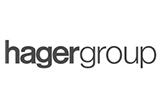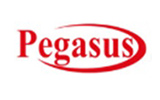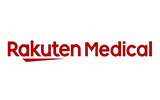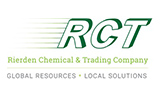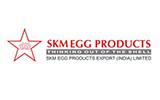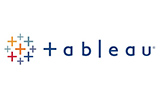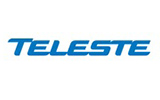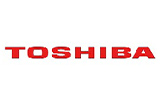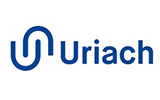
The Global Aerospace Engineering Services Outsourcing Market is valued at approximately USD 116.95 billion in 2023 and is poised to expand at a remarkable compound annual growth rate (CAGR) of 24.9% during the forecast period from 2024 to 2032. Aerospace engineering services outsourcing (ESO) involves delegating engineering tasks such as design, prototyping, testing, and analysis to specialized third-party providers. This practice allows aerospace companies to focus on core competencies while leveraging advanced expertise, reducing operational costs, and accelerating time-to-market for innovative technologies. With the aerospace industry's increasing reliance on next-generation systems and sustainability initiatives, the demand for engineering outsourcing has surged, reshaping global supply chains and innovation ecosystems.
The growing complexity of aerospace systems and the need for cost optimization are driving market growth. Outsourcing enables companies to access cutting-edge engineering solutions without the extensive investment required for in-house capabilities. Additionally, technological advancements, such as AI-driven design optimization and digital twin simulations, are being integrated into outsourced services, enhancing overall efficiency and reliability. However, challenges related to data security, intellectual property concerns, and compliance with stringent regulatory frameworks may hinder adoption. Despite these barriers, emerging markets and the rise of nearshoring practices present significant opportunities for growth.
The applications of ESO span across diverse areas, including design and development, manufacturing, and after-market services. By outsourcing these functions, aerospace companies can ensure scalability and flexibility in managing fluctuating demands. Furthermore, the incorporation of sustainable practices in engineering services outsourcing is becoming a key focus, as companies aim to align with global carbon neutrality goals. This is fostering innovation in lightweight materials, fuel-efficient systems, and advanced propulsion technologies.
Regionally, North America leads the market due to its strong aerospace ecosystem, extensive defense spending, and technological leadership. Europe follows, driven by stringent regulatory standards and the presence of leading aerospace manufacturers. The Asia-Pacific region is projected to witness the fastest growth, fueled by the rising aerospace activities in emerging economies like India and China, coupled with favorable government initiatives to boost domestic aerospace capabilities.
Major market players included in this report are:
Capgemini SE
HCL Technologies Limited
ALTEN Group
Cyient Ltd.
Accenture PLC
Tech Mahindra Limited
Infosys Limited
Quest Global Services Pte. Ltd.
Sener Aeronautica S.A.
Belcan, LLC
Wipro Limited
L&T Technology Services Limited
Altran Technologies, Inc.
Tata Consultancy Services (TCS)
KPIT Technologies Ltd.
The detailed segments and sub-segment of the market are explained below:
By Services:
Design & Engineering
Manufacturing Support
After-Market Services
By Function:
Research & Development
Design
Testing & Certification
Manufacturing
By Location:
Onshore
Offshore
Nearshore
By Components:
Hardware
Software
By Region:
North America:
U.S.
Canada
Europe:
UK
Germany
France
Spain
Italy
Rest of Europe
Asia-Pacific:
China
India
Japan
Australia
South Korea
Rest of Asia-Pacific
Latin America:
Brazil
Mexico
Middle East & Africa:
Saudi Arabia
South Africa
Rest of Middle East & Africa
Years considered for the study are as follows:
Historical Year: 2022
Base Year: 2023
Forecast Period: 2024 to 2032
Key Takeaways:
Market estimates & forecast for 10 years from 2022 to 2032.
Annualized revenues and regional-level analysis for each market segment.
Detailed analysis of geographical landscape with country-level analysis of major regions.
Competitive landscape with information on major players in the market.
Analysis of key business strategies and recommendations on future market approaches.
Analysis of competitive structure of the market.
Demand-side and supply-side analysis of the market.

